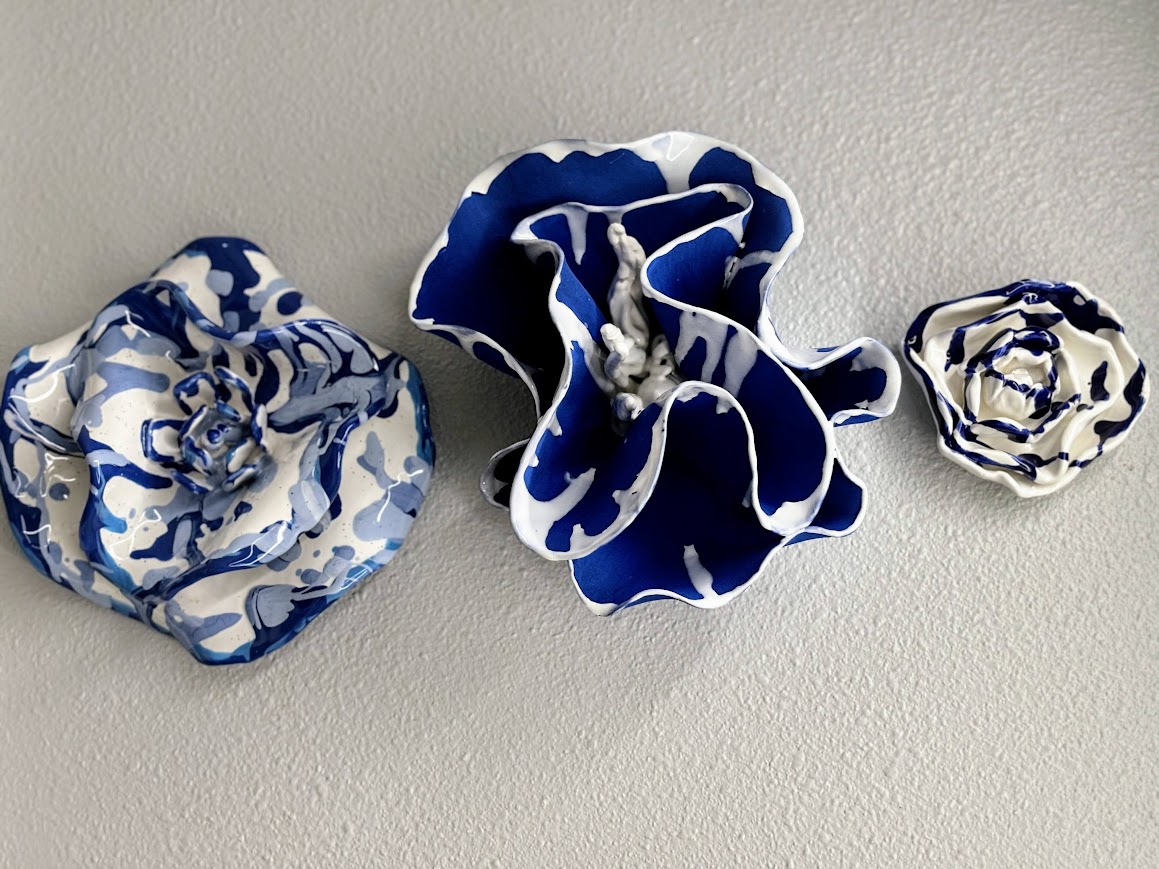Creating pottery is a journey that begins with raw clay and ends with a finished, functional, or decorative piece. This blog post provides an in-depth look at the artistic process, detailing each step from initial inspiration to the final product. Understanding this process offers a greater appreciation for the skill and craftsmanship involved in pottery making.
1. Inspiration and Conceptualization
Every piece of pottery starts with an idea. Inspiration can come from a variety of sources, such as nature, architecture, personal experiences, or cultural motifs.
Sources of Inspiration:
- Nature: Natural forms, such as plants, flowers, and landscapes, often inspire organic shapes and textures.
- Culture: Historical and cultural elements can influence designs, patterns, and color schemes.
- Functionality: The intended use of the piece (e.g., a mug, vase, or sculpture) guides the design and form.
Concept Development:
- Sketching: Artists often begin by sketching their ideas on paper. This helps visualize the piece and refine its design.
- Mood Boards: Creating a mood board with images, colors, and textures can help consolidate the concept and guide the creative process.
- Prototyping: For complex pieces, creating a small prototype or maquette can help work out design details and structural considerations.
2. Selecting and Preparing Clay
Choosing the right type of clay is crucial for the success of the piece. Different clays have varying properties that affect the final product’s texture, strength, and color.
Types of Clay:
- Earthenware: A low-fire clay that is porous and often used for decorative pieces.
- Stoneware: A mid- to high-fire clay that is durable and suitable for functional pottery.
- Porcelain: A high-fire clay known for its fine texture and translucency, ideal for delicate, intricate work.
Clay Preparation:
- Wedging: The clay is kneaded to remove air bubbles and ensure a consistent texture. This process is crucial to prevent cracks during firing.
- Conditioning: Depending on the project, the clay may be conditioned by adding water to achieve the desired plasticity and workability.
3. Forming the Piece
There are several methods for shaping clay, each offering different possibilities for form and texture.
Hand-Building Techniques:
- Pinching: Using fingers to pinch and shape the clay, ideal for small, organic forms.
- Coiling: Rolling out long coils of clay and stacking them to build up walls, useful for larger or more complex shapes.
- Slab Construction: Rolling out flat slabs of clay and joining them to create geometric forms, perfect for boxes and tiles.
Wheel-Throwing:
- Centering: The clay is placed on a potter’s wheel and centered using hand pressure, ensuring it spins evenly.
- Opening: The potter opens the centered clay to create a hollow form.
- Pulling: The walls of the piece are pulled up and shaped using hands or tools, allowing for symmetrical, round forms such as bowls and vases.
Sculpting:
- Carving: Adding texture or detail by removing clay from the surface using tools.
- Adding: Attaching additional clay elements, such as handles or decorative features, to the main form.
4. Drying and Bisque Firing
Once the piece is formed, it must dry completely before the first firing to avoid cracking.
Drying Process:
- Even Drying: Allow the piece to dry slowly and evenly, often covering it loosely with plastic to prevent rapid moisture loss.
- Leather-Hard Stage: When the clay is firm but still damp, it can be refined, trimmed, or have additional details added.
Bisque Firing:
- Loading the Kiln: The dried piece is loaded into a kiln for the bisque firing, which converts the clay into a durable, porous state.
- Firing Temperature: The kiln is gradually heated to a temperature between 1800°F and 1940°F (1000°C to 1060°C).
- Cooling: After reaching the peak temperature, the kiln is allowed to cool slowly to prevent thermal shock.
5. Glazing and Glaze Firing
Glazing adds color, texture, and a protective finish to the bisque-fired piece.
Glazing Techniques:
- Dipping: Submerging the piece in a glaze for an even coat.
- Brushing: Applying glaze with a brush, allowing for detailed and multi-colored designs.
- Spraying: Using a spray gun to apply glaze, useful for large pieces or subtle color gradients.
Glaze Firing:
- Loading the Kiln: The glazed piece is carefully loaded into the kiln for the final firing.
- Firing Temperature: The kiln is heated to a higher temperature, typically between 2100°F and 2300°F (1150°C to 1260°C), to vitrify the glaze.
- Cooling and Inspection: After cooling, the piece is inspected for glaze defects and overall quality.
6. Final Touches and Quality Control
The final stage involves adding any finishing touches and ensuring the piece meets high-quality standards.
Final Touches:
- Sanding: Smooth out any rough edges or imperfections.
- Decorative Additions: Adding final decorative elements, such as gold leaf or additional painting.
- Polishing: Polishing the piece to enhance its finish and shine.
Quality Control:
- Inspection: Thoroughly inspect the piece for structural integrity, glaze consistency, and overall appearance.
- Client Approval: If the piece is a custom commission, the client may review the final product and provide feedback.
The journey from clay to final product is a meticulous and creative process that requires skill, patience, and dedication. Each step, from inspiration and design to forming, firing, and finishing, contributes to the unique character and beauty of the finished piece. By understanding this process, you can appreciate the craftsmanship and artistry that go into every handmade pottery creation. Whether you’re a potter or an admirer of ceramics, the story behind each piece adds depth and meaning to the art of pottery.
